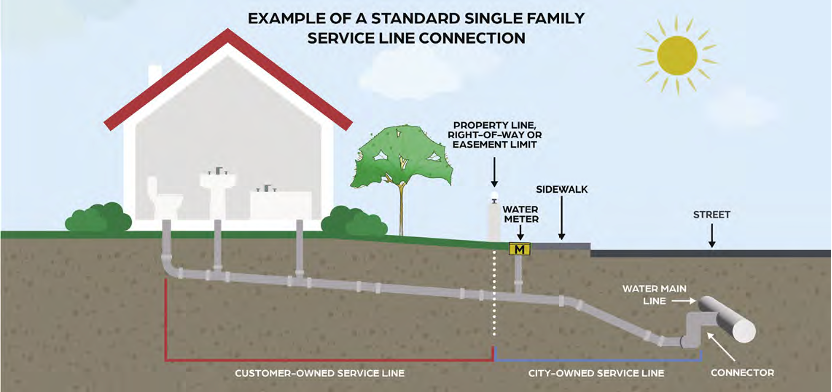The City of Santa Ana is committed to ensuring the safety and quality of our drinking water. The lead issue in Flint, Michigan, in 2016 highlighted the importance of addressing lead in drinking water systems. Unlike Flint, our water supply does not contain lead, and we adhere to strict regulatory standards to safeguard public health. Here’s what you need to know:
- We conduct regular testing of water within our distribution system to monitor lead levels in accordance with the Lead & Copper Rule (LCR) established by the Environmental Protection Agency (EPA).
- Our latest city-wide test for lead, conducted independently in 2021, yielded results that were fully compliant with the LCR.
- Santa Ana’s water supply is non-corrosive, helping to prevent the leaching of lead from plumbing fixtures.
- We do not have any lead pipes in our distribution system, further ensuring the absence of lead contamination. For more detailed information on the quality of Santa Ana’s water, you can review our Water Quality Report found here.
- In 2021, 123 residences were tested for lead and copper at-the-tap. Lead was detected in 4 samples, none of which exceeded the Action Level for lead.
Lead In Residential Plumbing
Lead in drinking water is primarily from materials and components associated with service lines and home plumbing. The City of Santa Ana is responsible for providing high quality drinking water but cannot control the variety of materials used in a home’s plumbing components.

If you live in an older house that has copper piping with lead solder, you can minimize the potential for lead exposure. When your water has been sitting for several hours in the pipes, simply flush your tap for 30 seconds to 2 minutes before using water for drinking or cooking. If you do so, consider collecting the flushed water and reuse it for another beneficial purpose, such as watering plants. If you are concerned about lead in your water, you may wish to have your water tested. Information on lead in drinking water, testing methods, and steps you can take to minimize exposure are available from the U.S. EPA Safe Drinking Water Hotline at 800-426-4791 or at www.epa.gov/lead.
The City of Santa Ana is working with Orange County’s Health Care Agency and their selected contractor Azure Community Development to offer a lead testing and abatement program available to Santa Ana households. To view the eligibility checklist and complete the pre-screening questionnaire click here.

